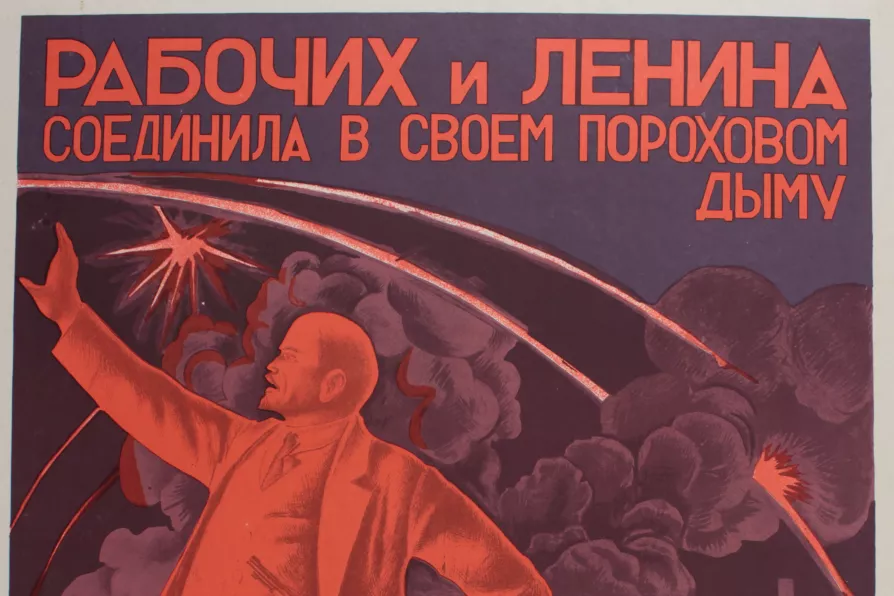The US assault on Venezuela is brazen and unlawful – yet our PM claims uncertainty. By refusing to confront Trump’s naked imperialism, Starmer abandons international law, mortgages British policy to Washington, and clears the ground for war, argues ANDREW MURRAY


BETWEEN July and August 1917, at a critical juncture in Russia’s revolutionary process, as power hung between the provisional government and the emerging soviets, Lenin appeared to take time out of the struggle to develop the classic analysis that he published in State and Revolution. In the process he forged an analysis which is of enduring importance for Marxists and the working-class movement.
Lenin’s immediate concern was more practical: to continue his ideological battle against the revisionism that had led the eminent Marxists in the Second International to throw their weight behind imperialist slaughter in 1914 and to convince his comrades in the Bolshevik Party that the time had come to take state power and inaugurate the world’s first dictatorship of the proletariat.
With the February revolution and the implosion of tsarism, Lenin believed, the Russian working class faced a simple choice — forward movement in the revolutionary process or a relapse into autocracy: the dual power situation could not hold. So the Bolsheviks and their growing majority within the key sections of the Russian working class had to be won to an understanding of the importance of the dictatorship of the proletariat because this was the precondition of any progress.

BEN CHACKO welcomes a masterful analysis that puts class struggle back at the heart of our understanding of China’s revolution













